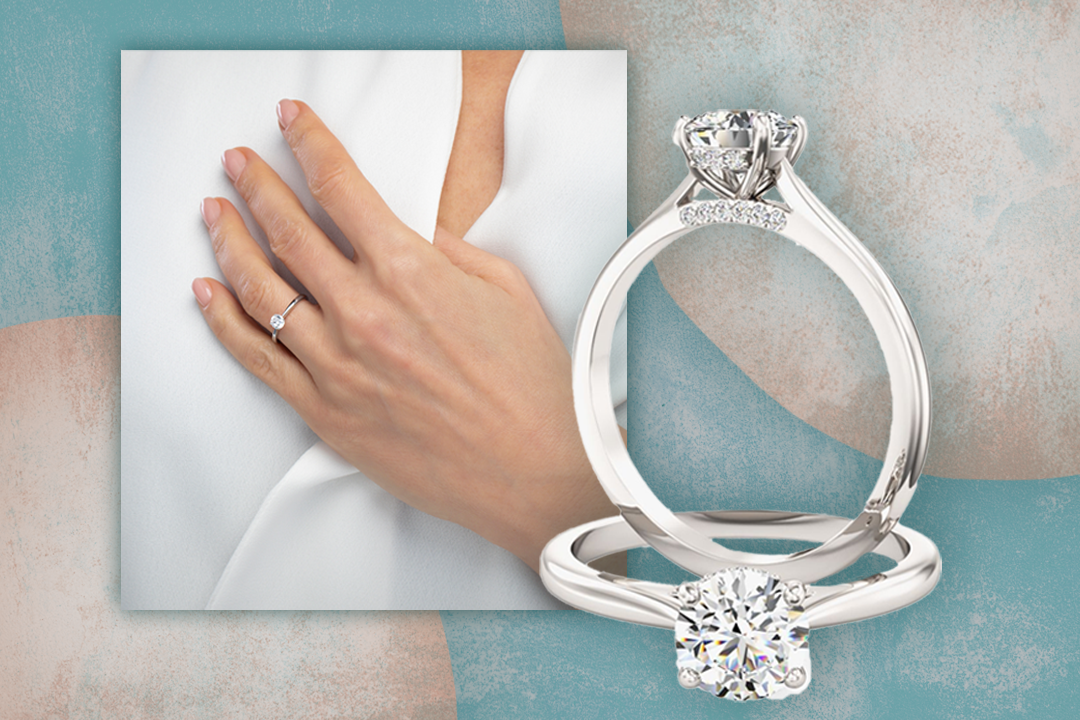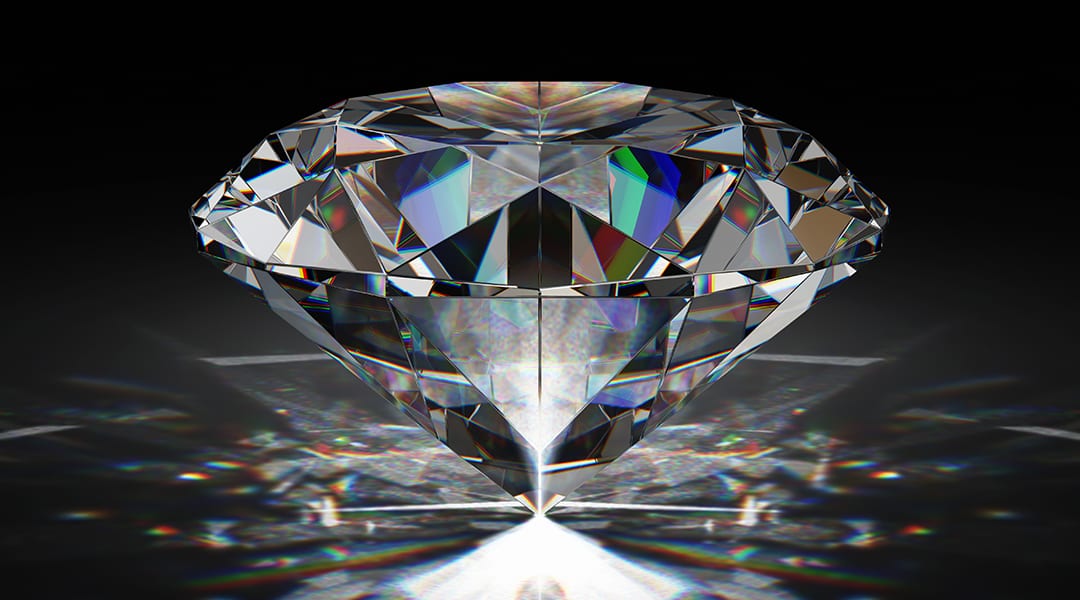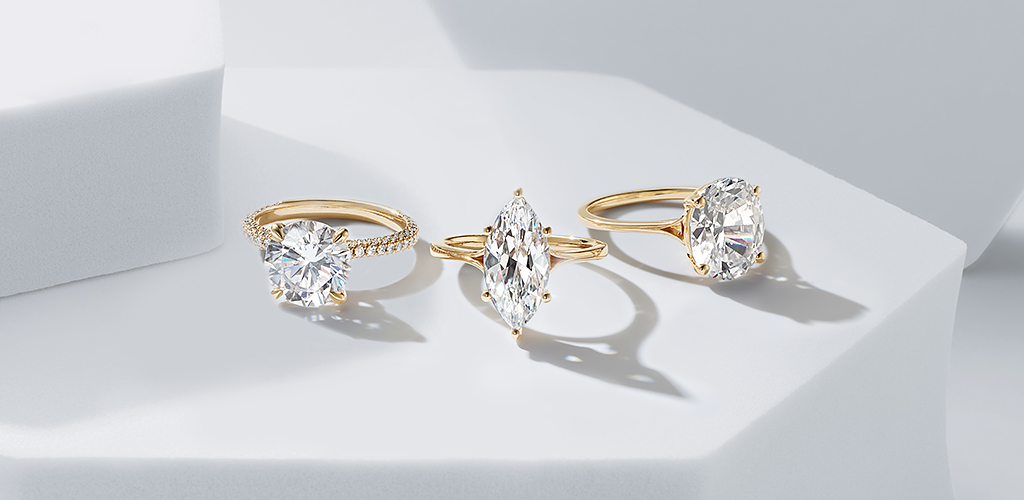In the realm of gemstones, few topics spark as much intrigue and debate as lab-created diamonds. As a contemporary alternative to mined diamonds, they have gained significant traction, igniting questions about their value, quality, and ethics. In this comprehensive article, we will delve deep into the top questions surrounding diamonds #1 question, focusing on their properties, benefits, and the impact they have on the jewelry market.
Understanding Lab-Created Diamonds
What Are Lab-Created Diamonds?
Lab-created diamonds, also known as synthetic diamonds, are stones that possess the same physical, chemical, and optical properties as natural diamonds. Created in controlled environments, these diamonds are formed through advanced technological processes that replicate the natural conditions under which diamonds develop in the Earth’s mantle. The two primary methods for creating these diamonds are High Pressure High Temperature (HPHT) and Chemical Vapor Deposition (CVD).
How Are They Made?
High Pressure High Temperature (HPHT) involves mimicking the high-pressure, high-temperature conditions found deep within the Earth. A small diamond seed is placed in carbon and subjected to intense heat and pressure, resulting in the formation of a larger diamond crystal. On the other hand, Chemical Vapor Deposition (CVD) introduces gases rich in carbon into a vacuum chamber, allowing carbon atoms to settle on a diamond seed, gradually building up a diamond layer by layer. Both methods produce diamonds that are indistinguishable from their natural counterparts to the naked eye.
Quality Comparison: Lab-Created vs. Natural Diamonds
Are Lab-Created Diamonds of the Same Quality?
The quality of lab-created diamonds is often a primary concern for consumers. In terms of the Four Cs—cut, color, clarity, and carat weight—lab-created diamonds can achieve grades comparable to natural diamonds. Lab-created diamonds are cut by skilled artisans, ensuring they reflect light beautifully. The precision in cutting enhances their brilliance and fire, often matching or exceeding that of mined diamonds.
The color grading of lab-created diamonds ranges from completely colorless to various shades. Advanced technologies allow for the creation of diamonds in a spectrum of colors, offering consumers more options. Many lab-created diamonds exhibit higher clarity levels than their natural counterparts. In fact, they are less likely to contain inclusions, as they are formed in controlled environments. Furthermore, lab-created diamonds are available in a variety of sizes, giving consumers the flexibility to choose based on their preferences and budget.
Durability and Longevity
Both lab-created and natural diamonds boast exceptional durability, scoring a perfect 10 on the Mohs scale of hardness. This resilience ensures that both types of diamonds can withstand daily wear without scratching or damaging easily, making them an ideal choice for engagement rings and other fine jewelry.
Ethical Considerations
Are Lab-Created Diamonds More Ethical?
One of the most compelling arguments for lab-created diamonds is their ethical production. Unlike mined diamonds, which can sometimes be associated with unethical mining practices, labor exploitation, and environmental degradation, lab-created diamonds offer a conflict-free alternative. Choosing lab-created diamonds not only supports environmentally responsible practices but also promotes fair labor conditions. The transparency in sourcing lab-created diamonds ensures that consumers can make informed choices without the guilt often associated with the diamond industry.
Cost Analysis: Are They Cheaper?
How Do Prices Compare?
When it comes to pricing, lab-created diamonds are generally more affordable than their mined counterparts. Consumers can expect to pay 20% to 40% less for a lab-created diamond of the same size and quality. This price advantage allows consumers to purchase larger or higher-quality stones without exceeding their budget. The reduced cost is primarily due to the elimination of the extensive mining process, transportation, and associated marketing expenses. As technology continues to advance, we may see further reductions in the prices of lab-created diamonds, making them even more accessible to consumers.
Market Trends and Consumer Preferences
Are Lab-Created Diamonds Gaining Popularity?
The demand for lab-created diamonds has skyrocketed in recent years, reflecting a significant shift in consumer preferences. As more individuals prioritize sustainability and ethical considerations, lab-created diamonds have emerged as a trendy choice among millennials and Gen Z consumers. Retailers are responding to this demand by expanding their selections of lab-created diamonds, showcasing their beauty and affordability. Major jewelry brands now feature these stones prominently, offering a variety of styles that appeal to a wide range of tastes.
Conclusion: The Future of Lab-Created Diamonds
As we look to the future, lab created diamonds are poised to reshape the jewelry landscape. Their combination of beauty, ethical production, and affordability positions them as a compelling choice for consumers. The dialogue surrounding diamonds is evolving, with lab-created stones taking center stage as a responsible and attractive alternative. Whether you are considering an engagement ring or a statement piece, lab-created diamonds represent a modern solution that meets the desires of today’s consumers. Their exceptional quality, ethical sourcing, and cost-effectiveness make them an invaluable option in the world of fine jewelry.




